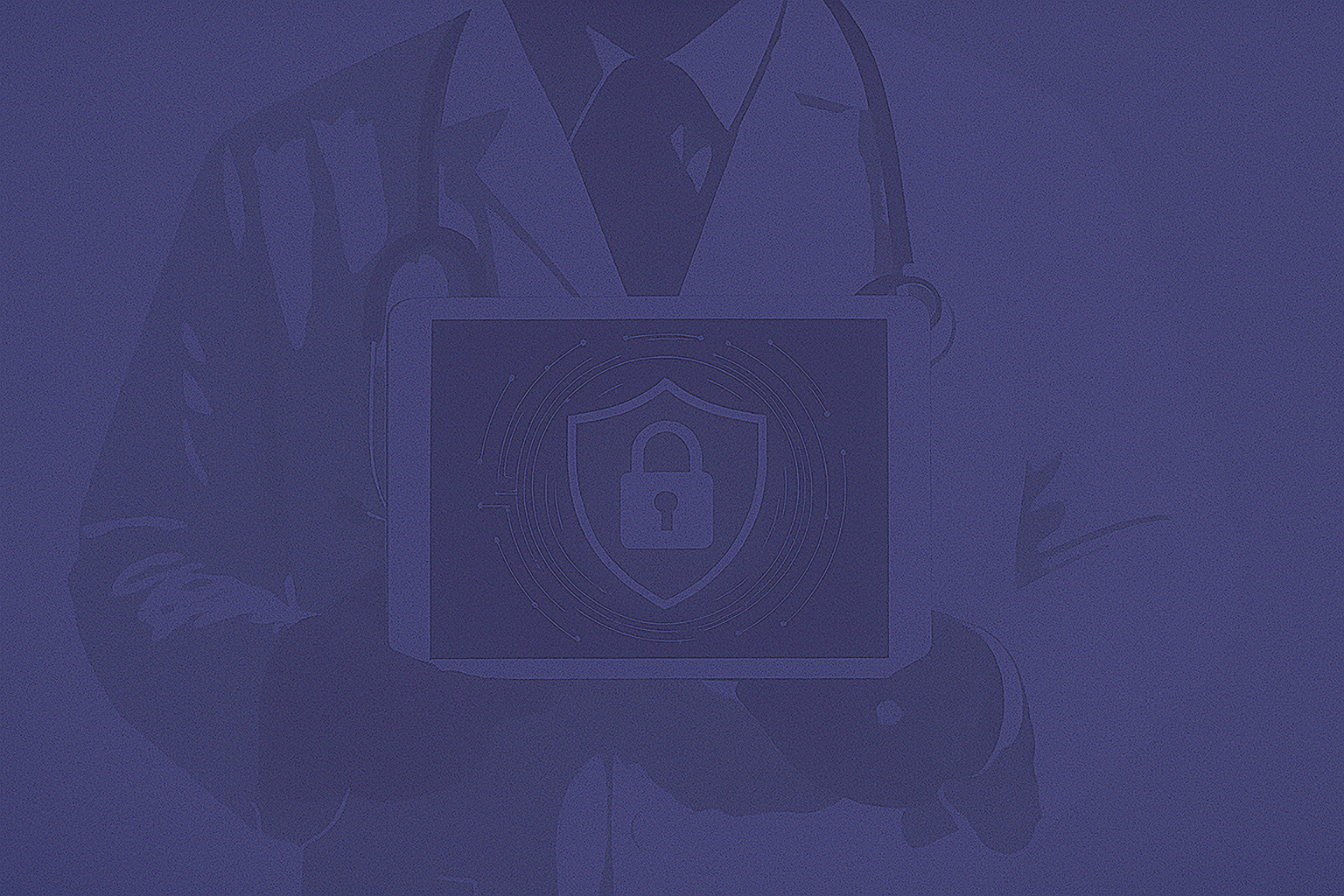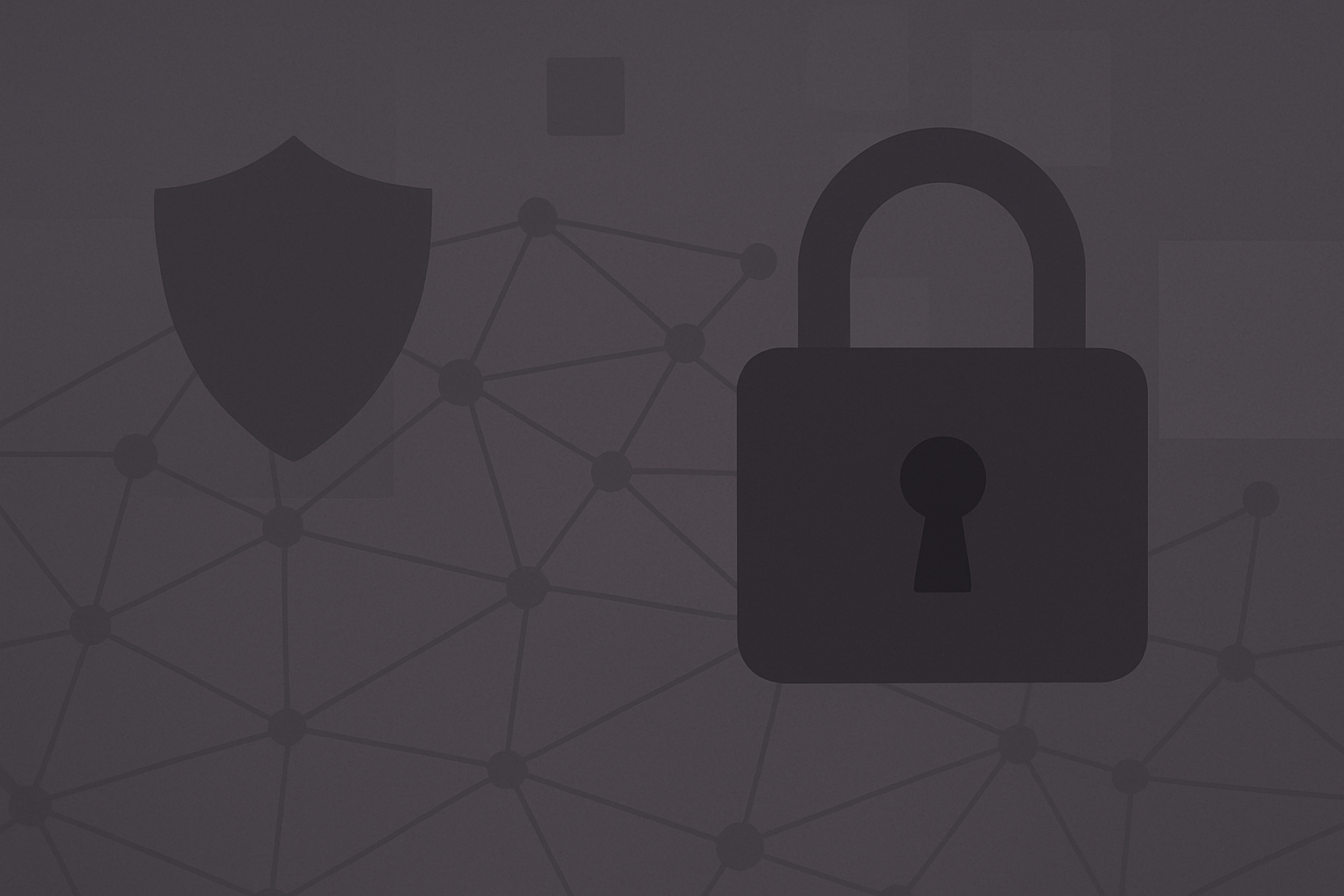How Financial Services Firms can Hit the Cost Efficiency, Innovation and Security Trifecta


Modern banking is experiencing a paradigm shift. Industry consolidation, historically low interest rates, and the entrance of non-traditional players such as Apple, Amazon and Google onto the financial services scene, have increased pressure to adopt new technologies that support mobile banking and contactless payments.
The reality is that the ability to offer hybrid and remote work options is becoming critical to hiring and retention across many industries, including financial services. According to a Vidyard and Atomik Research study released in January 2022 and titled “The Future of Work in Financial Services: Remote or In-Office”1, nearly nine-tenths (88%) of respondents reported they are more successful working from home versus the office.
So, while banks must continue to place their highest priority on meeting strict security and compliance regulations, there are also some unique advantages associated with hybrid work, including improved employee experience, which we talk about here, and cost-optimization.
Move to Hybrid Workstyles Drives Cost-Efficiency
Given the increasingly small margins today’s banks and financial services firms operate under, the move to hybrid work has led to out-of-the-box thinking on ways to reduce operational expenses.
For example, once an indicator of success, office size no longer matters when large portions of the bank’s workforce are no longer in the office on a regular basis. This is driving innovation and enabling financial institutions to take advantage of and promote the hybrid workstyles once relegated to firms operating outside of financial services and other regulated industries.
By “re-homing” workers, or sending them home to work on either a full-time or part time basis, banks and financial services firms are able to significantly reduce their operational expenses, in the form of savings on real-estate costs.
Intense Pressure to Modernize Comes with Risk
However, this intense pressure that banks are under to modernize, and reduce operational expenses by supporting hybrid work environments for employees, contractors and service providers, does come at a cost in the form of increased risk.
Third-party entities, including contractors and service providers, have historically presented a significant risk to the business due to the lack of visibility the bank or financial services firm has into the technologies they are using to access the data and applications needed to be productive. This risk now extends to the bank’s hybrid and remote employees.
Yet, there is a way for the financial services industry to balance the desire to innovate and drive cost-optimization, while ensuring security remains intact. It is the Tehama Carrier for Work™.
The Best of Both Worlds
The Tehama Carrier for For Work™ is an innovative and disruptive solution that can help financial services organizations optimize costs and remove the risk of hybrid work.
With the Tehama Carrier for Work™, banks and financial institutions benefit from:
Innovation.
Traditional remote work solutions, such as issuing corporate laptops to external contractors or deploying virtual desktop infrastructure (VDI) and desktop-as-a-service (DaaS) offerings, aren’t up to hybrid workforce demands. Laptops are easily compromised, lost, or stolen, while legacy VDI and DaaS are constrained by high costs and complexity. Tehama’s one-of-a-kind platform gives financial institutions with large, distributed, or global workforces the infrastructure to enable the future of work quickly and securely.
Cost efficiency.
Re-homing workers into remote and hybrid work scenarios saves operational costs to the business. Further, Tehama’s software-as-a-service (SaaS) model helps reduce costs for cloud transfer, compute, GPU, and storage, as well as endpoint management and support costs — for a lower total cost of ownership compared to legacy VDI solutions.
Governance and compliance.
Tehama has more than 80 built-in SOC 2 Type II controls, making it easy to meet regulatory requirements such as FINRA, PIPEDA, OSFI, NYDFS 23, and NYCRR 500. Every Tehama session is logged and recorded, so auditors and risk managers can ensure all compliance requirements are met.
To learn more about how the Tehama Carrier for Work™ offers an innovative, cost-efficient and secure way for financial services companies to deploy a hybrid workforce click here or contact our team to learn more or to set up a demo today.
——–
1 https://awesome.vidyard.com/rs/273-EQL-130/images/TheFutureofWork-FinServ.pdf

Read More

HIPAA Compliance Doesn’t Have to Be Complicated: Meet Tehama for Healthcare

Why Zero Trust Access Can’t Be an Afterthought Anymore


